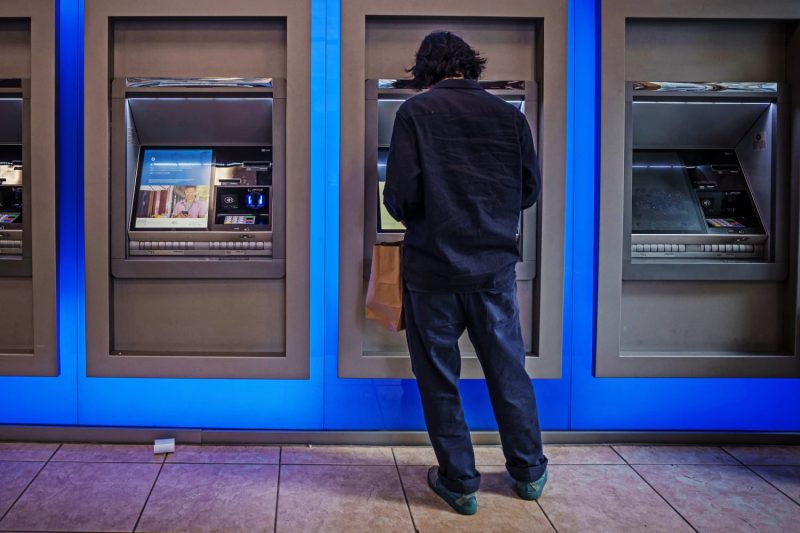The three biggest American retail banks collected 25% less overdraft revenue last year as the companies, under pressure from regulators to cap the fees, created new ways for customers to avoid the penalties.
JPMorgan Chase, Wells Fargo and Bank of America reported a combined $2.2 billion in overdraft fees in 2023, roughly $700 million less than the previous year, according to regulatory filings.
Overdraft fees are triggered when a customer attempts to spend more than the balance in their checking accounts. At around $35 per transaction at many banks, the fees have been a lucrative line item for the industry, generating $280 billion in revenue since 2000, according to the Consumer Financial Protection Bureau.
The industry is girding itself for a battle over overdraft after the CFPB last month unveiled a proposal to limit charges to as little as $3 per transaction. Banks say overdraft services are a lifeline that helps users avoid worse options like payday loans, while critics including President Biden say the fees exploit struggling Americans.
The practice has brought unwelcome attention to big banks. During a 2021 hearing, Sen. Elizabeth Warren needled JPMorgan CEO Jamie Dimon on the fees. Dimon at the time refused her call to refund $1.5 billion to customers.
But even before recent efforts by regulators, banks’ haul from overdraft has been on the decline. Pandemic stimulus money helped Americans trigger fewer of the fees starting in 2020, and then firms including Capital One, Citigroup and Ally voluntarily ended the practice.
Those who kept the fees, including JPMorgan, limited the types of transactions that trigger penalties, got rid of fees for bounced checks and introduced one-day grace periods and $50 cushions to reduce their frequency.
Bank of America cut the fees to $10 from $35 in 2022.
“Whether folks eliminated some fees or dramatically reduced the cost of others, there’s been very significant shifts here,” said Jennifer Tescher, CEO of nonprofit group Financial Health Network. “Banks aren’t just getting rid of overdraft, they’re trying to find more customer-friendly ways of meeting their liquidity needs while making sure they aren’t overextended.”
Industrywide overdraft revenue totaled $7.7 billion in 2022, 35% below the 2019 level, according to a May CFPB report that included all U.S. banks with at least $1 billion in assets.
Recent regulatory filings show that the trend continued last year, though JPMorgan and Wells Fargo remain by far the largest players in overdraft.
JPMorgan had $1.1 billion in overdraft revenue last year, about 12% lower than in 2022. Wells Fargo saw a 27% decline to $937 million. Bank of America posted a 64% decline to $140 million.
More than 70% of overdraft transactions no longer incur fees, and customers can choose accounts that don’t allow the penalties, a JPMorgan spokesman told CNBC. Wells Fargo and Bank of America declined to comment.
“Our customers continue to tell us they want and need access to overdraft protection, which helps them when they are temporarily short on money,” the JPMorgan spokesman said.






















